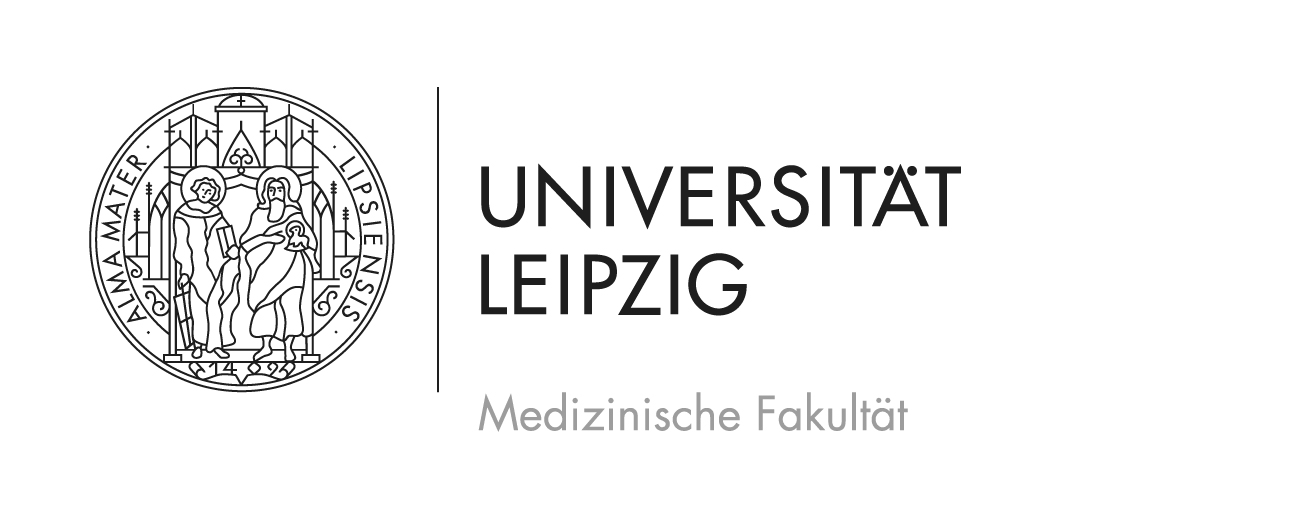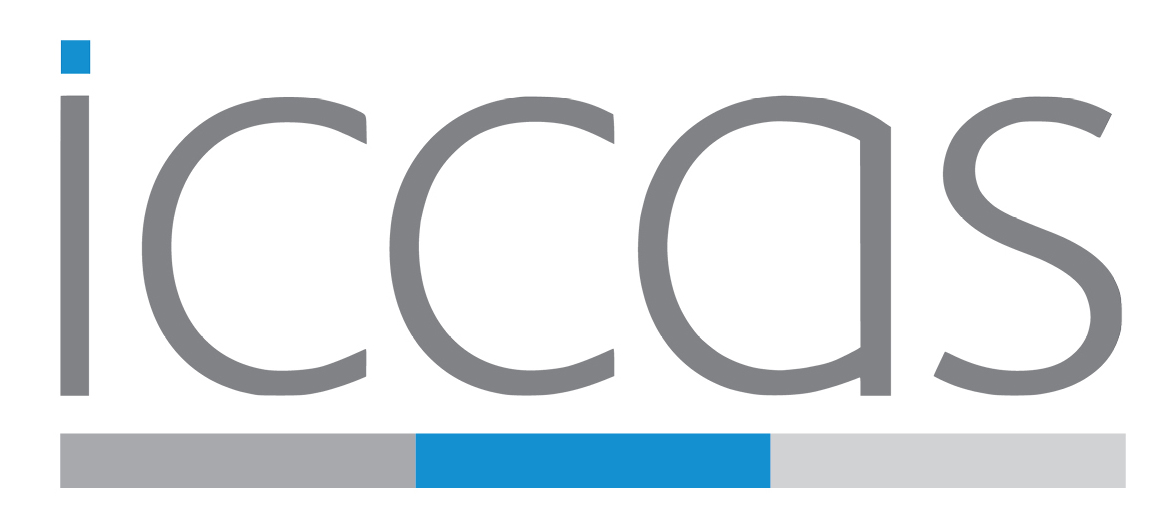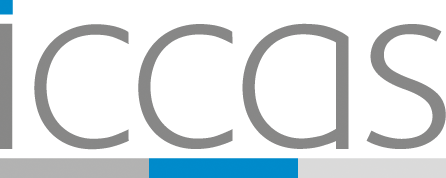


Model-based medicine and intelligent operating room
Prof. Dr. Thomas Neumuth
The European medical response system is comprised of first responder units that are operating quickly and lightly. On occurring disasters (e.g. earthquakes, tsunamis, floods, etc.), these Emergency Medical Teams (EMT) are deployed on disaster relief missions to support the local medical system and avert humanitarian crises.
The “EMT Operating System” (EOS) is a field hospital information system, which is tailored to the requirements of EMT on disaster relief missions. Its idea was created and designed during the EUMFH-Project. The system supports the whole patient treatment process from triage to discharge and is highly configurable to adapt to the needs of the EMT. Despite EOS being primarily designed as an electronic patient record, it also includes essential functions for EMT mission and field hospital management. Besides patient management and treatment documentation, EOS enables quick department configuration, visualization of important hospital key performance indicators (patient admissions, triage category count, department workload, etc.) and reporting functionalities (e.g. to local government or WHO). Thus, EOS plays an essential role in monitoring and assessing the current situation and performance on a strategic and tactical level.
EOS provides highly customizable functionalities. They can be adjusted to the specific frameworks of different EMT entities or other requirements by specialized teams, e.g. Burn Assessment Teams. Generally speaking, EOS includes digital documentation and management of the usual processes within an EMT. However, detailed characteristics can differ.
EOS relies heavily on structured data entry and storage (in contrast to free texts). This ensures high information quality and supports fast and easy data input as well as automatic information aggregation in databases. The latter benefits the reporting obligation and allows for comparison between different missions or EMT installations.
The system is under continuous development in close collaboration with different first responder organizations. It will be free of charge for civil first responder organizations. Designed as a web application, EOS can be used with modern browsers (e.g. Chrome, Firefox, etc.) and can be utilized easily on PCs, laptops or touch devices like tablet pcs or smartphones. You are interesting in using EOS or wanting to try it out? Then contact us: eos@iccas.de.

Um dir ein optimales Erlebnis zu bieten, verwenden wir Technologien wie Cookies, um Geräteinformationen zu speichern und/oder darauf zuzugreifen. Wenn du diesen Technologien zustimmst, können wir Daten wie das Surfverhalten oder eindeutige IDs auf dieser Website verarbeiten. Wenn du deine Zustimmung nicht erteilst oder zurückziehst, können bestimmte Merkmale und Funktionen beeinträchtigt werden.